I was recently approached by fellow editrix and fantasy authoress Vanessa Ricci-Thode to participate in something called a blog hop. Vanessa published her novel The Dragon Whisperer last year and now has another book in the works. Honestly, I don’t know where she finds the time and energy to do all these literary things and raise a child too. When she first mentioned the blog hop, I didn’t have a clue what it was, but I soon learned it would give me an opportunity to blab about my writing. What writer can say no to that? Thank you, Vanessa, for giving me the kick in the pants I needed to start blogging again.
As part of the blog hop, I’m required to answer four questions. At the end, I’ll provide links to the websites and books of some terrific writers who are taking up the challenge to continue this blog hop. So without further ado, let’s get started.
1. What are you working on/writing?
As far as paid work goes, I’m currently editing the third book in a series of thrillers. The novel is action-packed, well-written, and suspenseful, so I’m really enjoying the process. Editing flows quite easily when the material you’re working on is so good. I consider myself very fortunate to be working with this particular author, who not only writes well but is very pleasant to deal with and shares my love of dogs.
There’s also my novel, Virginia’s Ghost. The book is a cozy mystery with a supernatural element. My protagonist, Virginia, is an auction house employee who encounters a rather demanding ghost named Constance from the 1920s. She realizes the ghost is trying to tell her something important, and precisely what is revealed as she reads Constance’s diary, written when she was a young woman. I include several diary entries, so I’m working with two first-person narrators. Simultaneously, mayhem and murder begin happening at the auction house, and the ghost is ultimately the key to making sense of all the chaos. Past and present are interwoven, and the book is really about the extraordinary connection these two women from separate eras forge and how they affect each other.
It does feel as if I’ve been writing Virginia’s Ghost forever, but after two rounds of edits by professional editor friends, I’m finally at the end of the writing process. Because I’m a fanatical perfectionist, I’ve printed out the whole thing to read one more time and tweak as needed. About a month from now, we’ll be starting the cover and page design, which I’m very excited about.
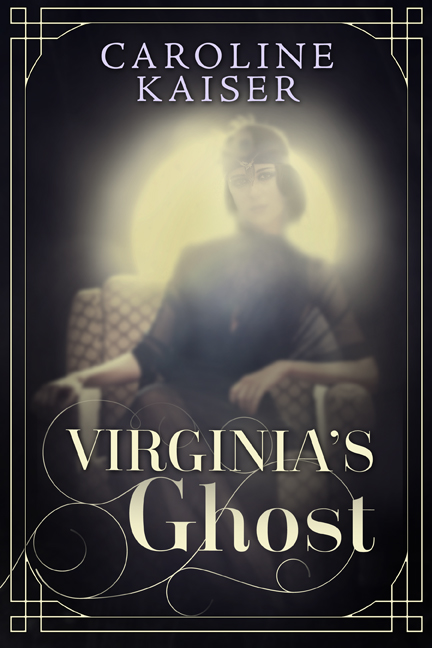
2. How does your work/writing differ from others in its genre?
I call my book a cozy mystery, but I doubt it is, strictly speaking–it’s just what it’s closest to being. One way in which it differs is that my protagonist isn’t really a sleuth as such and certainly doesn’t see herself as taking on that role. Instead, she has chaotic circumstances thrust upon her and copes as best as she can. Virginia’s Ghost does have a number of the characteristics of cosy mysteries, though: it’s set in a very closed community and features a victim who dare I say deserves to die. As well, there’s no graphic sex or violence, so it’s suitable for all ages. And although I intended to write a page-turner, I also like to think it’s more than a whodunit.
3. Why do you write what you do?
I’ve been very influenced by my previous career. I worked at an auction house for about fourteen years and always thought it would be an excellent setting for either a mystery or a ghost story (I ended up combining both). There’s something both intriguing and slightly creepy about being surrounded by dusty old antiques that suggested both of those genres to me. I have a fascination with past eras, particularly the 1920s, so I wanted to bring a nostalgic storyline into the book–the story of Constance, the beautiful flapper ghost. As well, there’s always a lot of adrenaline surging through the auction world–the pressure of crazy deadlines and the excitement of a live auction–that I thought would make for a dramatic book. And I met a lot of eccentric people, both clients and fellow employees, who I’ve drawn on in creating the characters for the book. The day I left that job, I thanked the staff for providing such wonderful inspiration for the novel I would one day write. Some of them looked a little worried when I said that. I guess they didn’t want to find themselves as a character in the book–particularly a villain or someone who gets murdered. But my characters are composites of various people I’ve met in my life.
4. How does your writing process work?
What can I say? It’s slow and painstaking. This is because I’m an editor too. My sentences barely have a chance to squeak out before I’m polishing them to within an inch of their lives. I try to tell myself just to write, but it’s nearly impossible to quiet the professional editor in my head. But I’m also a better writer since I became an editor. I think I must have been pretty awful before.
I’m actually not too sure how many drafts of Virginia’s Ghost I’ve done–it’s either five or six, I think. It often tell my editing clients that it’s a good idea to start with an outline, but I didn’t do that myself. There–I’ve come out of the closet as a non-outliner! Actually, though, I did put together a synopsis of all my chapters after I’d written my third draft, and it did help me see what wasn’t really adding up in the narrative. And doing this helped me get unstuck and move forward.
***
I now pass the baton to my chosen blog hoppers, who are as follows:
Tiana Warner. Tiana is the author of The Infinite Knowledge of J.T. Badgley, an intensely dramatic science fiction novel that takes place on a planet called Zielaarde but illuminates much about life here on Earth. As you’ll see from Tiana’s website, she’s also an accomplished poet. You can read my interview with Tiana here.
Pat Krapf. Pat has just published Brainwash, the first of a series of techno-thrillers featuring tough, no-nonsense private investigator Darcy McClain, formerly an FBI agent, and her sidekick Bullet, a giant schnauzer. Pat is currently following up Brainwash with two more Darcy McClain thrillers, Gadgets and Genocide.
Martin Turnbull. Martin has written the Garden of Allah series of novels, which are set in Hollywood’s golden age. If you love the thought of rubbing shoulders with screen legends like Greta Garbo and Errol Flynn, you’ll love Martin’s novels–The Garden on Sunset, The Trouble with Scarlett, and Citizen Hollywood.
Ali Lawati. Ali is a children’s author who has written The Jungle Adventure of Chimpoo, a whimsical tale of a monkey family.
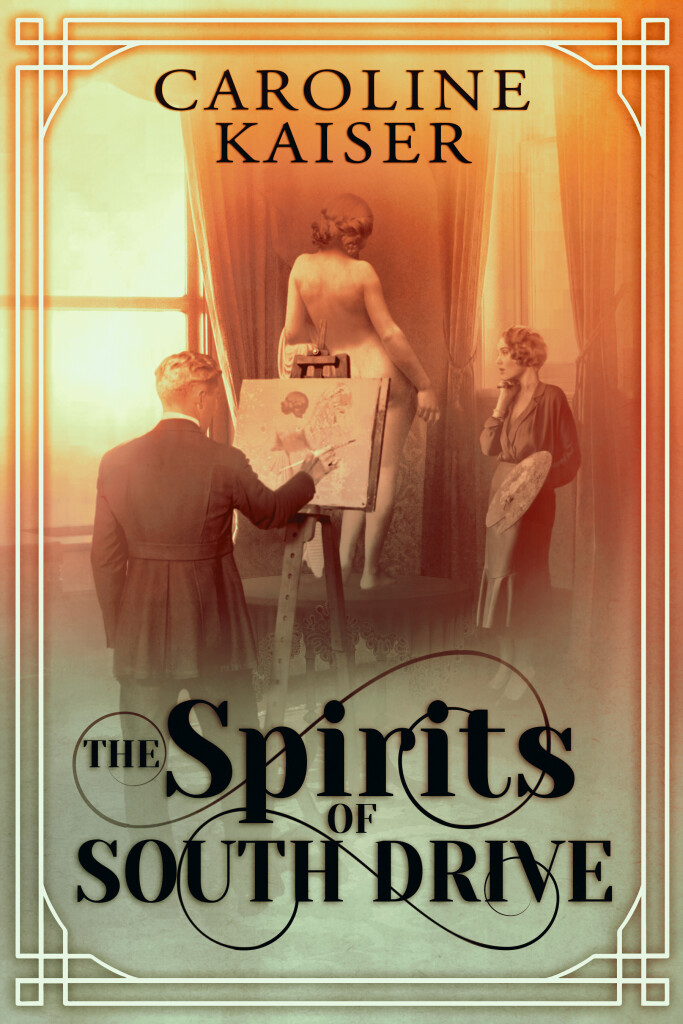

 Follow
Follow
